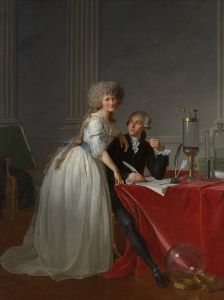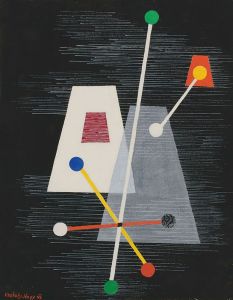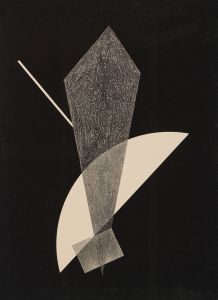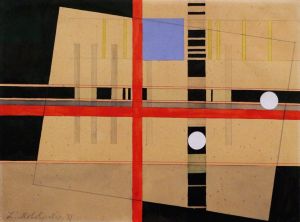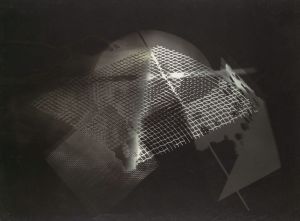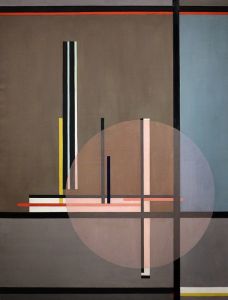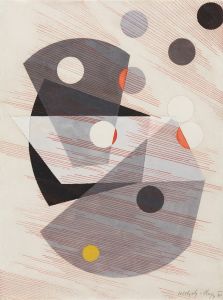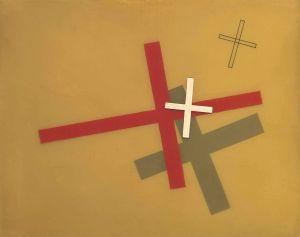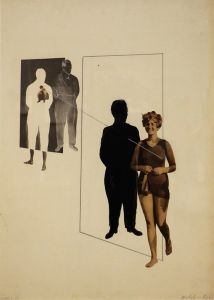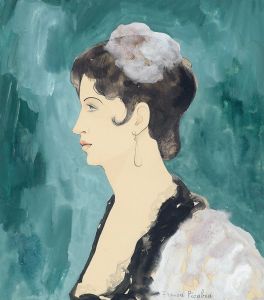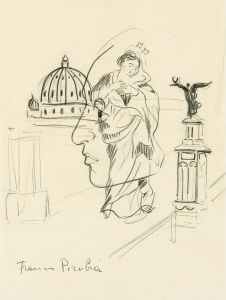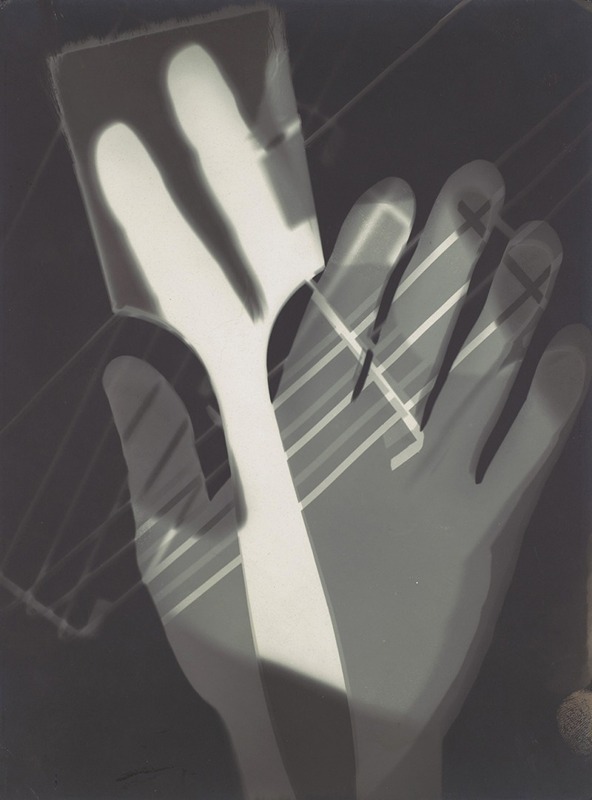
Fotogramm
A hand-painted replica of László Moholy-Nagy’s masterpiece Fotogramm, meticulously crafted by professional artists to capture the true essence of the original. Each piece is created with museum-quality canvas and rare mineral pigments, carefully painted by experienced artists with delicate brushstrokes and rich, layered colors to perfectly recreate the texture of the original artwork. Unlike machine-printed reproductions, this hand-painted version brings the painting to life, infused with the artist’s emotions and skill in every stroke. Whether for personal collection or home decoration, it instantly elevates the artistic atmosphere of any space.
László Moholy-Nagy, a Hungarian artist and influential figure in the Bauhaus movement, is renowned for his innovative contributions to photography and visual art. One of his notable techniques was the creation of "photograms," a process that involves placing objects directly onto light-sensitive paper and exposing them to light, resulting in abstract, camera-less photographic images. Among his works, "Fotogramm" is a term used to describe such pieces, though specific details about individual works titled "Fotogramm" are often scarce.
Moholy-Nagy's photograms exemplify his interest in exploring the interplay of light, shadow, and transparency. By arranging objects of varying opacity and texture—such as glass, metal, or fabric—on photographic paper, he created compositions that challenged traditional notions of photography and art. These works were not merely technical experiments but also reflections of his broader artistic philosophy, which emphasized the integration of technology and art to shape modern visual culture.
The photogram technique allowed Moholy-Nagy to push the boundaries of artistic expression, aligning with the Bauhaus ethos of innovation and interdisciplinary practice. His photograms are considered seminal works in the history of photography, influencing generations of artists and photographers. They also underscore his belief in the democratization of art, as the process required no specialized equipment beyond basic photographic materials.
While specific information about a particular piece titled "Fotogramm" may not be available, Moholy-Nagy's photograms as a body of work remain significant for their experimental approach and their role in redefining the possibilities of photographic art.





